Say you need a one-time solution that cuts down time and cost from production of your print and design pieces. That’s what standardized design templates are for, right? They’re easy to use and promise to alleviate the headache of managing external communication with an agency on a regular basis for every minute project. But sometimes, it’s possible the benefits are offset by some unexpected drawbacks.
Benefits of a Design Templates System
The number one supportive reasoning behind the desire for a template-based system is cost savings. The list below breaks down why, in theory, the use of a template could lead to this desired effect.
- Time – Now that a look and layout have been established, your internal art department should be able to easily plug-in copy and photography for production of quick-turn print and digital projects.
- Consistency – The use of a template clearly defines guidelines and graphic elements to carry across all artwork, leading to a consistent tone and feel for all of your projects.
- Internal – Provides you with the comfort of dealing with your own employees face to face. With proper use of the template, your own art department can handle all projects internally.
Drawbacks to a Template Design System
Clearly, there are great benefits to using design templates. However, in practice there is a list of drawbacks you should prepare yourself for, including but not limited to:
- Time – Having an internal production department handle creation of ads based on a template can take just as much time, if not more, as having the agency handle production of artwork. Since the agency is more familiar with the design, the turn-around on artwork may actually be more cost effective by leaving it in their hands.
- Compromised Design – Sacrifice of unique and eye-catching design can occasionally result from simplifying templates to be easier for internal production artists to replicate accurately and quickly.
- Longevity – Often changing opinions and direction can force a template to be scrapped after only a short time of use.
There’s no doubt the use of templates can prove beneficial. We have created them successfully for a multitude of clients and continue to do so. But whether the benefits outweigh the possible pitfalls is ultimately up to you and should be carefully considered. If you find yourself in a bind, feel free to lean on us. We’re your resource and are more than willing to help see your project through to completion.
[gl-hs-form form_id=’1863abe3-c1e4-43d0-a298-c7b132f8ce03′]


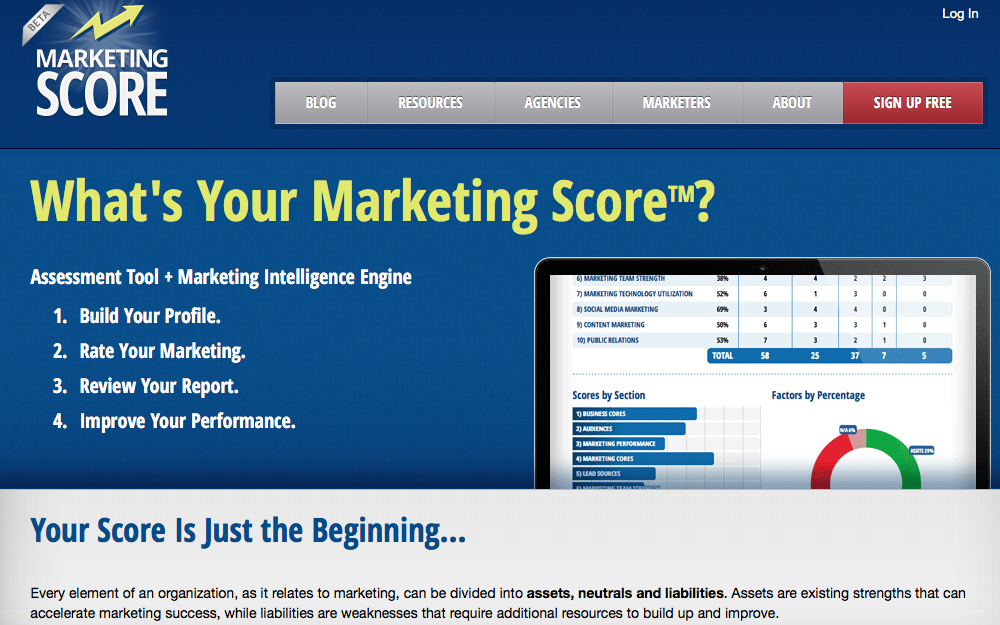

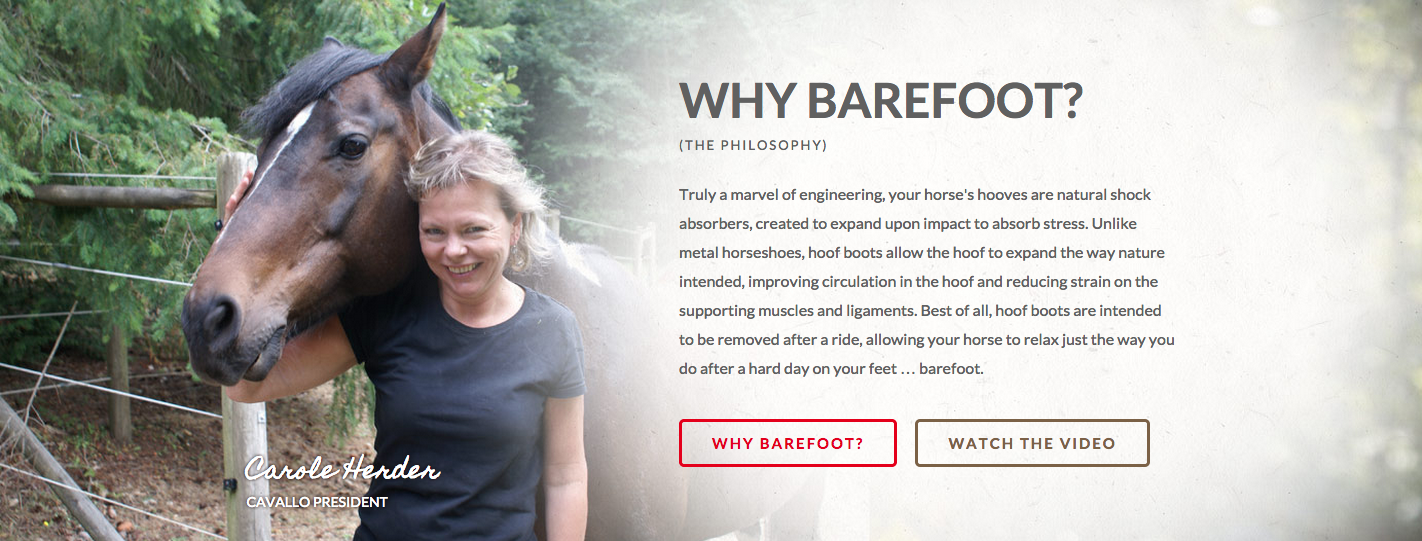



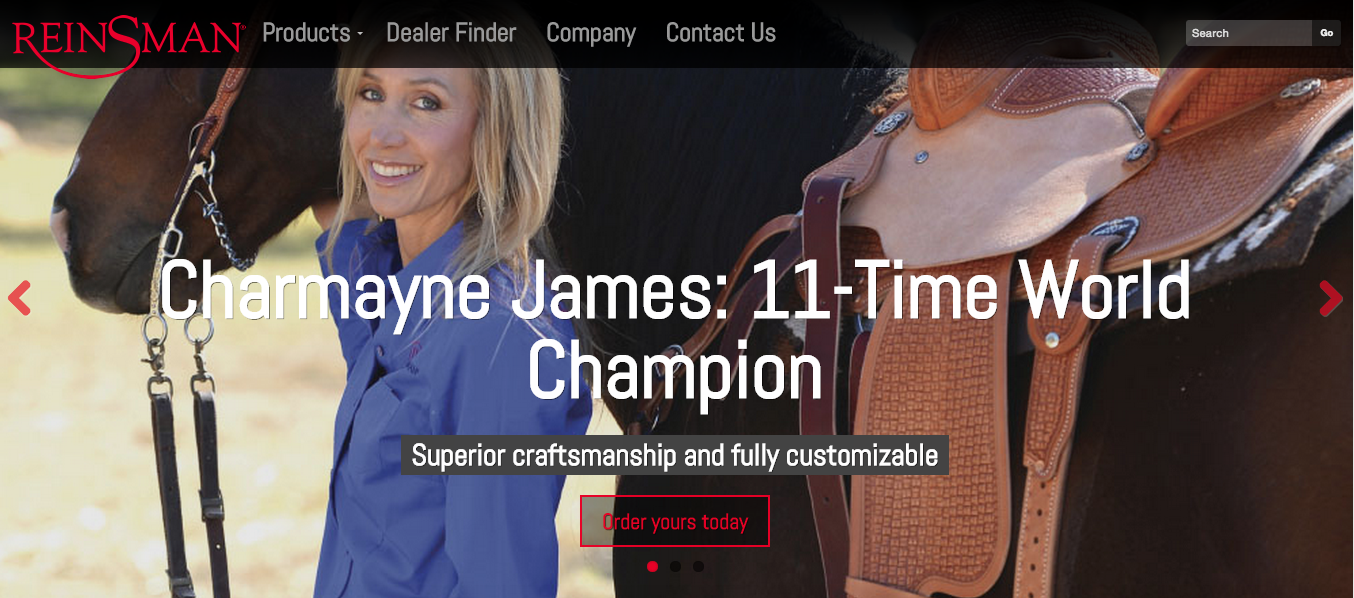




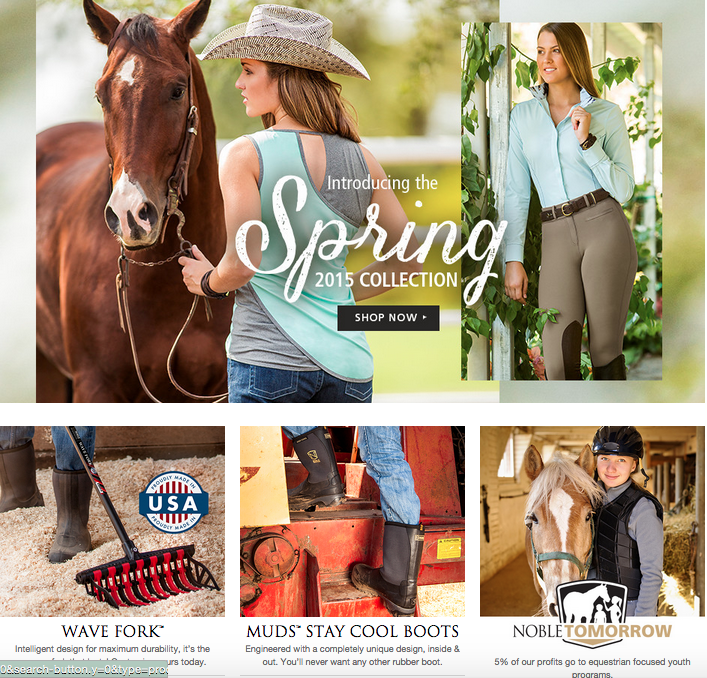



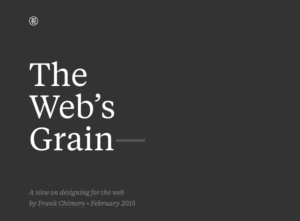 Frank Chimero
Frank Chimero As G/L’s copywriter, I’ve been working closely with our designers and digital strategists on the new G/L website and any client web stuff. And one reoccurring nightmare just seems to keep presenting itself: After developing a strategy, the designers will concept an outrageously creative layout using all kinds of Flash and what not. Then, like clockwork, they’ll present it to the
As G/L’s copywriter, I’ve been working closely with our designers and digital strategists on the new G/L website and any client web stuff. And one reoccurring nightmare just seems to keep presenting itself: After developing a strategy, the designers will concept an outrageously creative layout using all kinds of Flash and what not. Then, like clockwork, they’ll present it to the